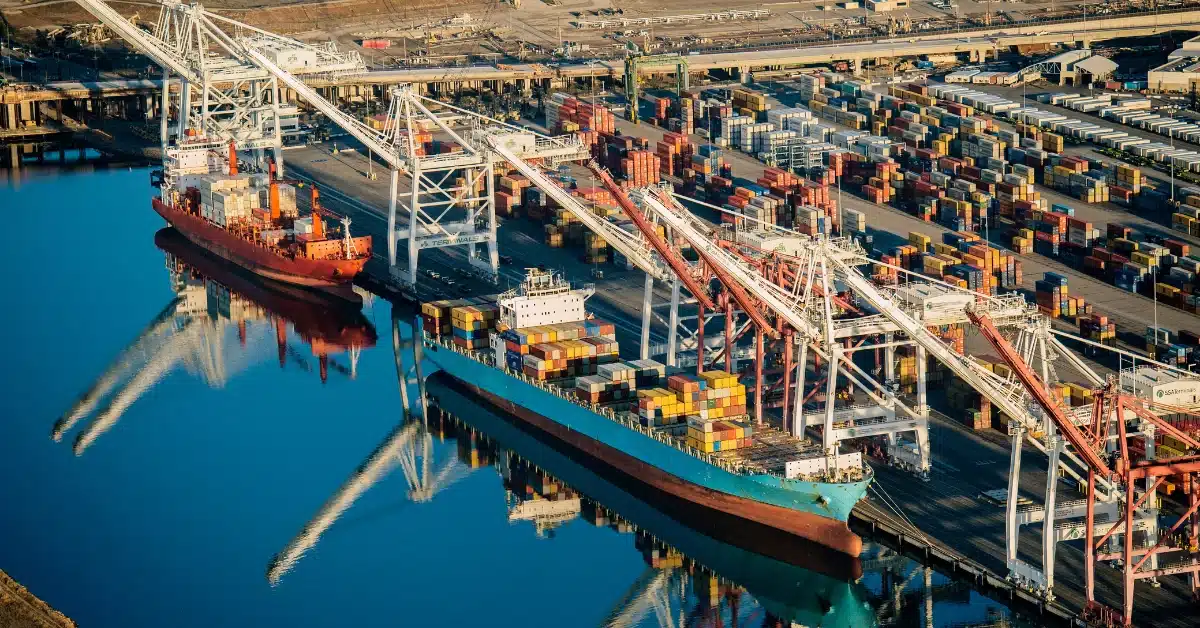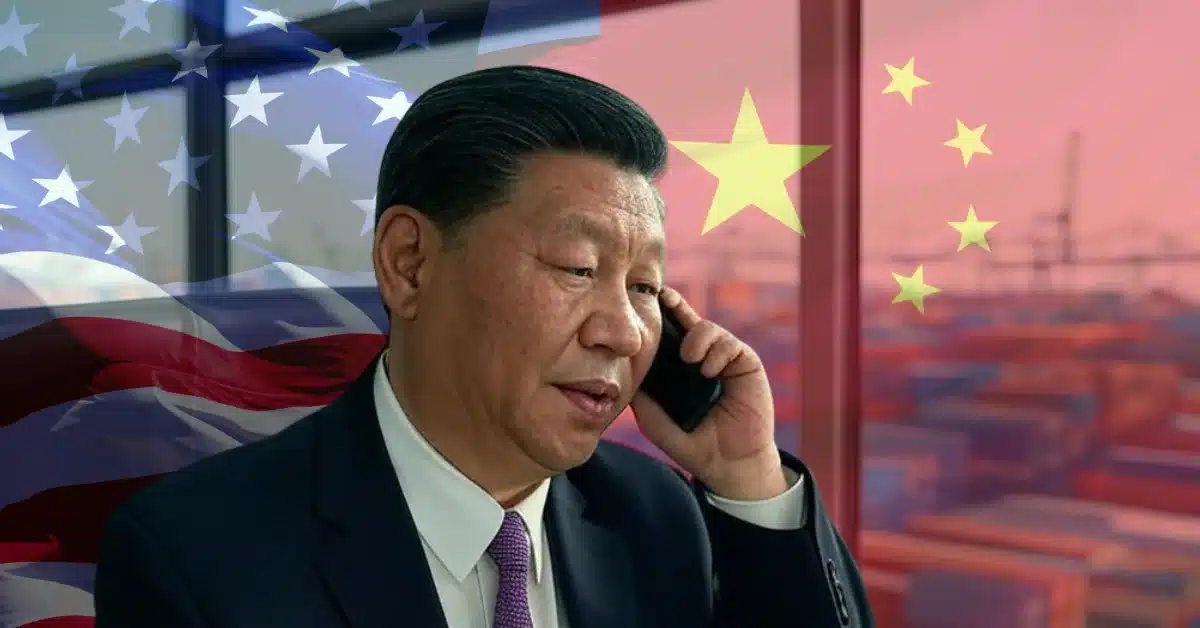How Tariffs and Oil Price Drops Are Reshaping U.S. Energy Procurement
Table of Contents
The U.S. oil industry is currently navigating a complex landscape shaped by the imposition of new tariffs and a significant decline in oil prices. These developments have profound implications for oilfield service companies, procurement strategies, and the broader energy market. This article delves into the multifaceted impact of these factors, exploring the challenges and strategic responses within the industry.
Introduction
In early April 2025, the Trump administration announced a series of tariffs aimed at bolstering domestic industries. These tariffs include a 10% baseline duty on most U.S. imports, with certain countries facing higher levies. Concurrently, global oil prices have plummeted, with Brent crude falling by 3.79% to $60.44 per barrel and U.S. West Texas Intermediate (WTI) dropping by 4.13% to $57.12 per barrel, reaching their lowest levels since February 2021.
These dual pressures have created a challenging environment for U.S. oilfield service firms, necessitating a reevaluation of procurement strategies and operational approaches.
Impact on Oilfield Service Companies
A. Financial Performance
Major oilfield service companies such as Schlumberger, Halliburton, and Baker Hughes have experienced significant stock declines in response to the new tariffs and falling oil prices. Schlumberger’s shares dropped by 12% to $34.60, Halliburton’s fell by 10% to just over $20, and Baker Hughes’ decreased by 11% to around $36.40.
These stock declines reflect investor concerns about the increased operational costs and potential reduction in drilling activity resulting from the tariffs and lower oil prices.
B. Operational Challenges
The tariffs are expected to raise costs for essential components such as pipes, valve fittings, and sucker rods, which are critical for oilfield operations. Companies that rely on multinational sourcing strategies are particularly vulnerable to these cost increases. Ron Gusek, CEO of Liberty Energy, noted that the 25% tariffs on steel imports are causing a rise in costs for oilfield service providers, particularly for components like perforating guns used in fracking. Liberty Energy is passing these incremental costs to its customers, consequently impacting drilling activities.
These operational challenges necessitate strategic adjustments to maintain profitability and competitiveness in a rapidly evolving market.

Broader Industry Implications
A. Supply Chain Disruptions
The imposition of tariffs has disrupted established supply chains, leading to increased costs and logistical complexities. The U.S. energy sector, which relies heavily on imported steel and aluminum for equipment manufacturing, is facing higher input costs. These increased costs are likely to be passed on to consumers, affecting the overall competitiveness of U.S. energy firms.
Additionally, the tariffs have prompted concerns about potential retaliatory measures from trading partners, further exacerbating supply chain uncertainties.
B. Investment and Growth Prospects
The combination of increased operational costs due to tariffs and declining oil prices has led to a reassessment of investment and growth strategies within the industry. Companies are facing tough choices regarding capital expenditures, share buybacks, and expansion plans. Analysts note that firms with low breakeven costs, particularly in the Permian Basin, may endure, but those in more expensive operations face tighter margins.
This reassessment is crucial for maintaining financial stability and positioning companies for future growth amid market volatility.
Strategic Responses and Recommendations
A. Diversification of Suppliers
To mitigate the impact of tariffs, companies are exploring diversification of their supplier base, seeking alternative sources for essential components to reduce reliance on imports subject to tariffs. This strategy involves identifying and qualifying new suppliers, renegotiating contracts, and potentially reshoring certain manufacturing processes.
B. Operational Efficiency
Enhancing operational efficiency is critical in offsetting increased costs. Companies are investing in advanced technologies, streamlining processes, and adopting lean management practices to improve productivity and reduce waste. These measures can help maintain profitability despite higher input costs.
C. Financial Hedging
Utilizing financial instruments to hedge against price volatility can provide a buffer against fluctuating oil prices. Companies are employing strategies such as futures contracts and options to manage risk and stabilize cash flows.
D. Advocacy and Policy Engagement
Engaging with policymakers and industry associations to advocate for favorable trade policies is essential. Companies are collaborating with stakeholders to communicate the impact of tariffs and seek policy adjustments that support the industry’s competitiveness.
Conclusion
The current landscape of tariffs and declining oil prices presents significant challenges for U.S. oilfield service firms. However, by adopting strategic measures such as supplier diversification, operational efficiency enhancements, financial hedging, and active policy engagement, companies can navigate these challenges effectively. Proactive adaptation and strategic planning are crucial for sustaining competitiveness and achieving long-term success in this dynamic environment.






